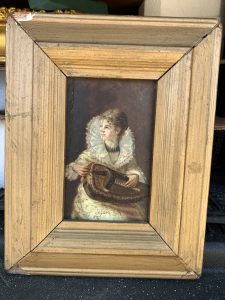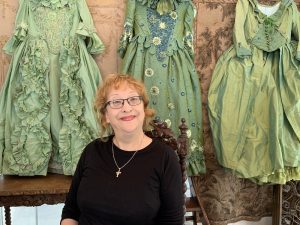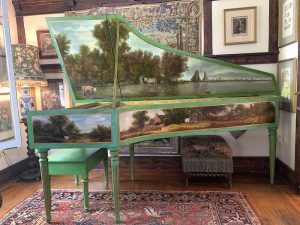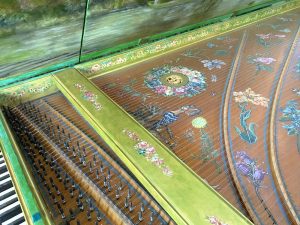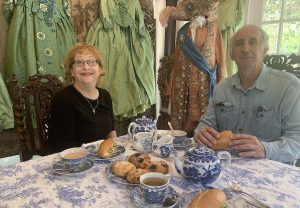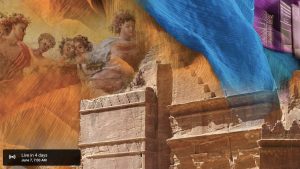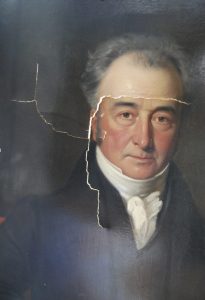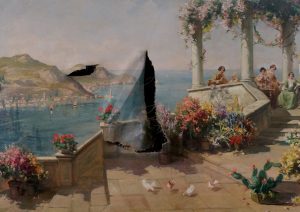Corona Riverside, CA Bicentennial Freedom Mural Restoration Proposal Update – just a quick drive by.
The planned mural restoration of what many believe is the largest mural in the world on the Prado Dam is wildly favored, endorsed and applauded by the 5 communities that surround the Corona, Riverside, CA areas. If you follow this blog or other our social media you may know that I’ve been active as the Expert Witness for the effort to put legal pressure on the Army Corp of Engineers and others who need some legal prodding to approve the restoration of the monumental and highly significant public art that more than 500,000 a day drive by and clearly see.
Over the years of arguing about saving the patriotic message, the stories of inspiration that have been expressed in court/hearings, on social media and in interviews from the mural’s message are innumerable
“This blog post has been syndicated at ExpertClick.com” What does it mean that this article is “ syndicated”? See end of article for explanation.
About 2 years ago, in that public discussion process, I was recognized as THE project’s expert professional art/mural conservator by the attorneys, the Army and the communities and I was named as the head of the team for the restoration of the mural. The instigating rebel artist for the painting of the original mural back in 1976 and now, 45 years later its restoration, is Ron Kammeyer and today, as I was driving past the mural on this beautiful summer day, I called Ron to tell him that I was deeply moved that this message of our nation’s celebration of personal freedoms was as inspirational and as badly needed as it ever was. It certainly fulfills its purpose to remind us in a BIG way. It’s worth every effort we can muster to get its preservation approved and ensured for future generations!
Though the process of organizing and funding this project was slowed down recently, it is enthusiastically supported by the public and surrounding communities as you can see in this quick video.
Ron tells me the project is moving forward!
We ask you to help the approval process for the project to move forward by sending out good vibes!!!
Pass this link along to others, give the YouTube copy a thumbs up and leave lots of comments! Let’s show the Army Corp of Engineers that this is a hot topic that the public favors. The stats from these postings have been presented in the past hearings. Let your bells of freedom ring!! Be heard!!
Questions: Call Scott M. Haskins 805 570 4140 faclartdoc@gmail.com
Its a bit of a coup to get an article syndicated, and its certainly prestigious, as additional “proof” that the info and the author are considered far and wide authoritative and an expert in the field. So, enjoy and trust our content!!
This article was syndicated for USA national redistribution.
What does it mean that this article is “ syndicated”?
When something is published, usually by a news source, and is made available through different venues for redistribution then it is said to be syndicated. Publications that are syndicated are usually considered of value as being from an expert, educational, new worthy or valuable for wide popular interest. See syndication page at the renowned publicity site: www.NewsReleaseWire.com/260783
This website’s syndication included:
1) Included in the ExpertClick Press Room as a ‘press release.’ (different than a ‘news release’)
2) Included in the ‘Speaker Bureau Platform Page.’
3) Shown on the front page of ExpertClick, in rotation with other most recent posts.
4) Shown in the ‘News Release Results page.’
5) Included on optimized for searches on all my topics of expertise.
6) Shown via RSS linked from the Press Room. (A specific way news is actively distributed within the industry)
7) Shown in the full RSS feed from ExpertClick. (Another, different specific way news is actively distributed within the industry)
8) Syndicated to LexisNexis.com As of 2006, the company had the world’s largest electronic database for legal and public-records related information, distributor of academic content and expert opinion.
This article has been syndicated at https://www.NewsReleaseWire.com/260783

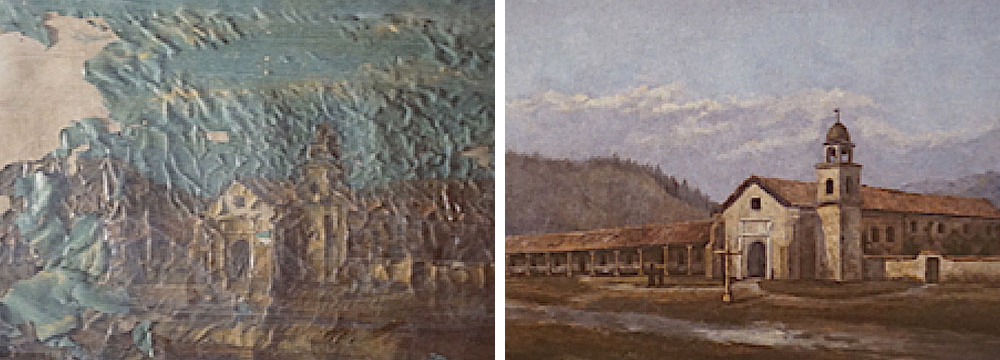
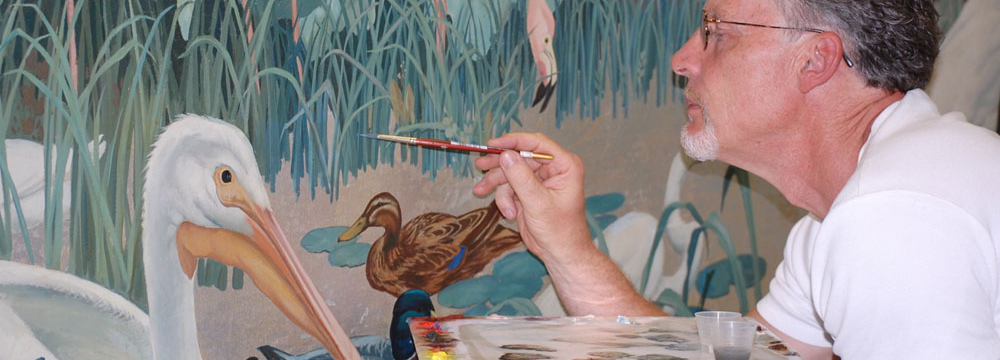


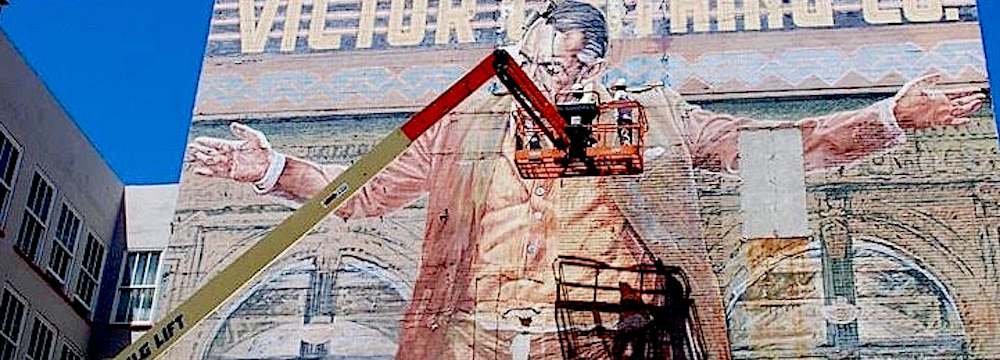
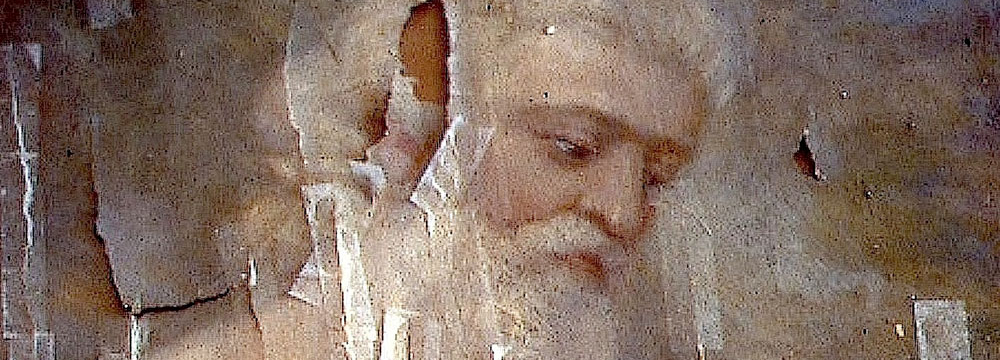
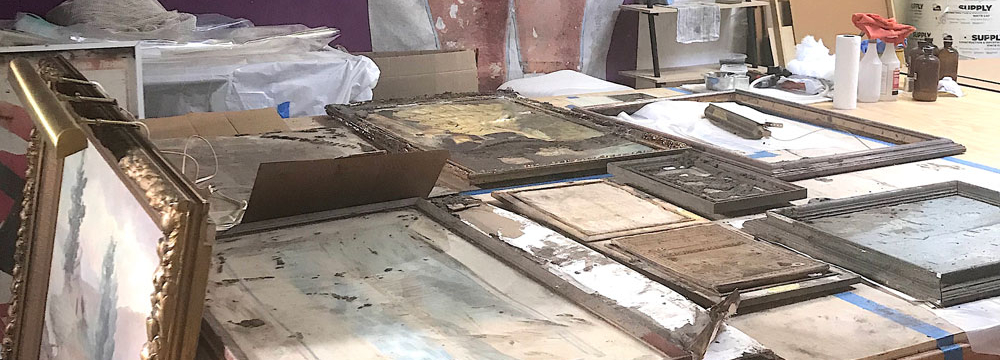
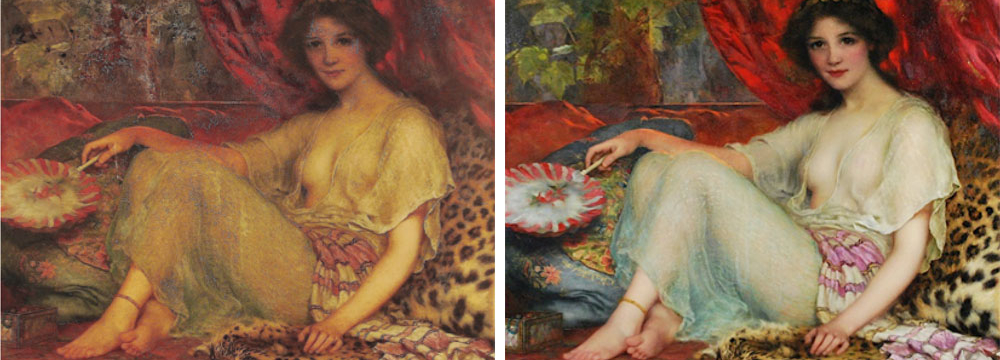
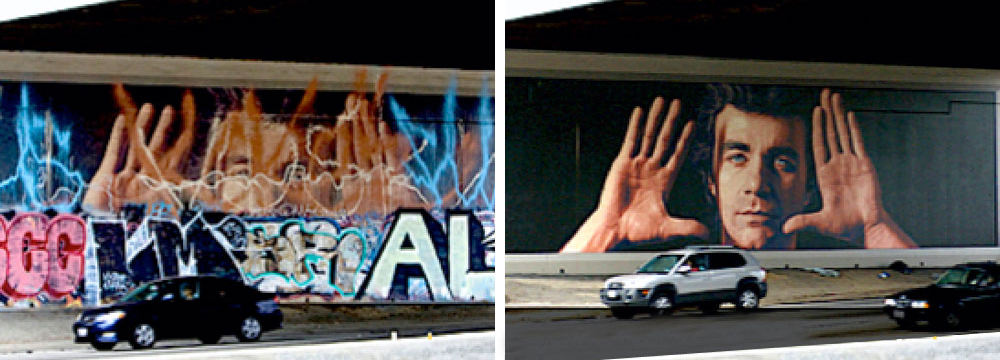
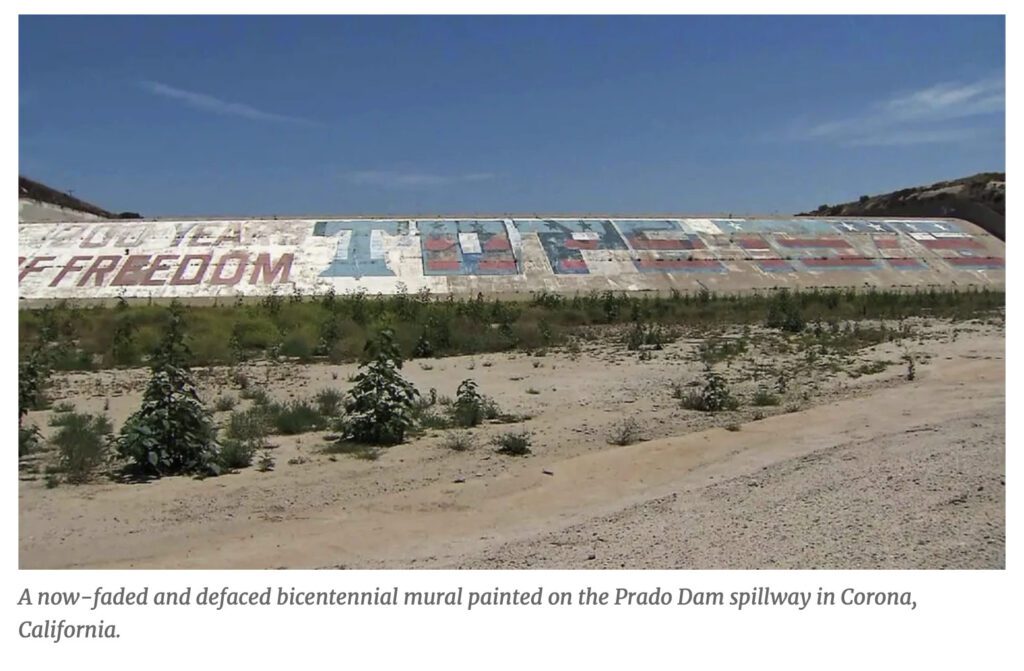
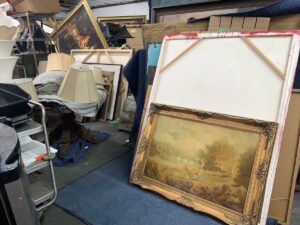
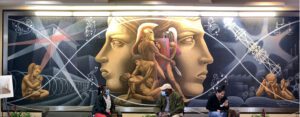
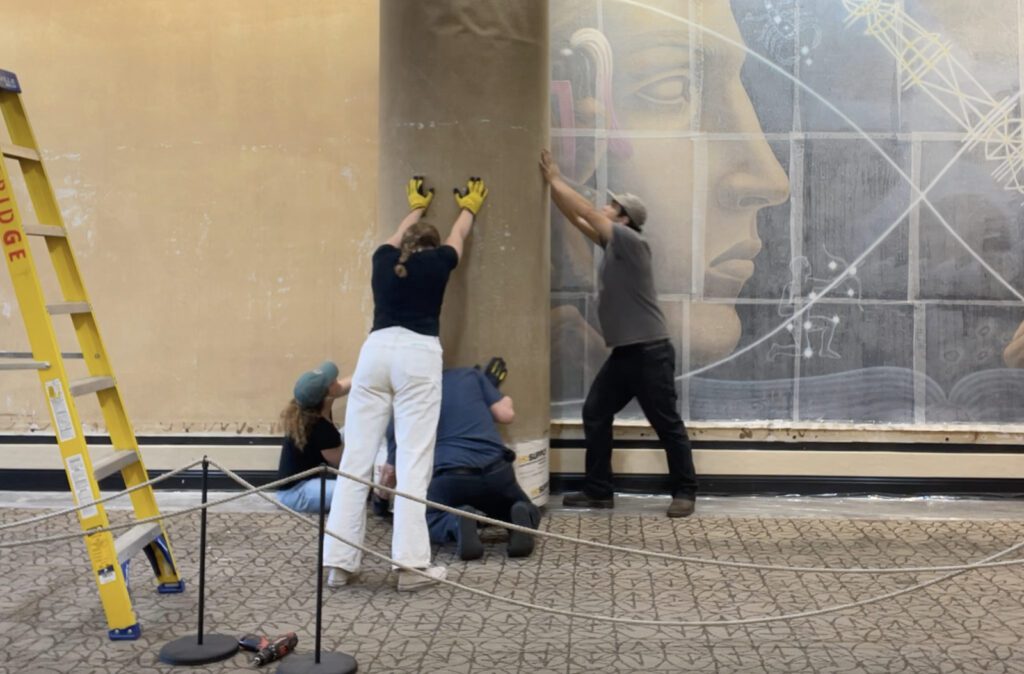
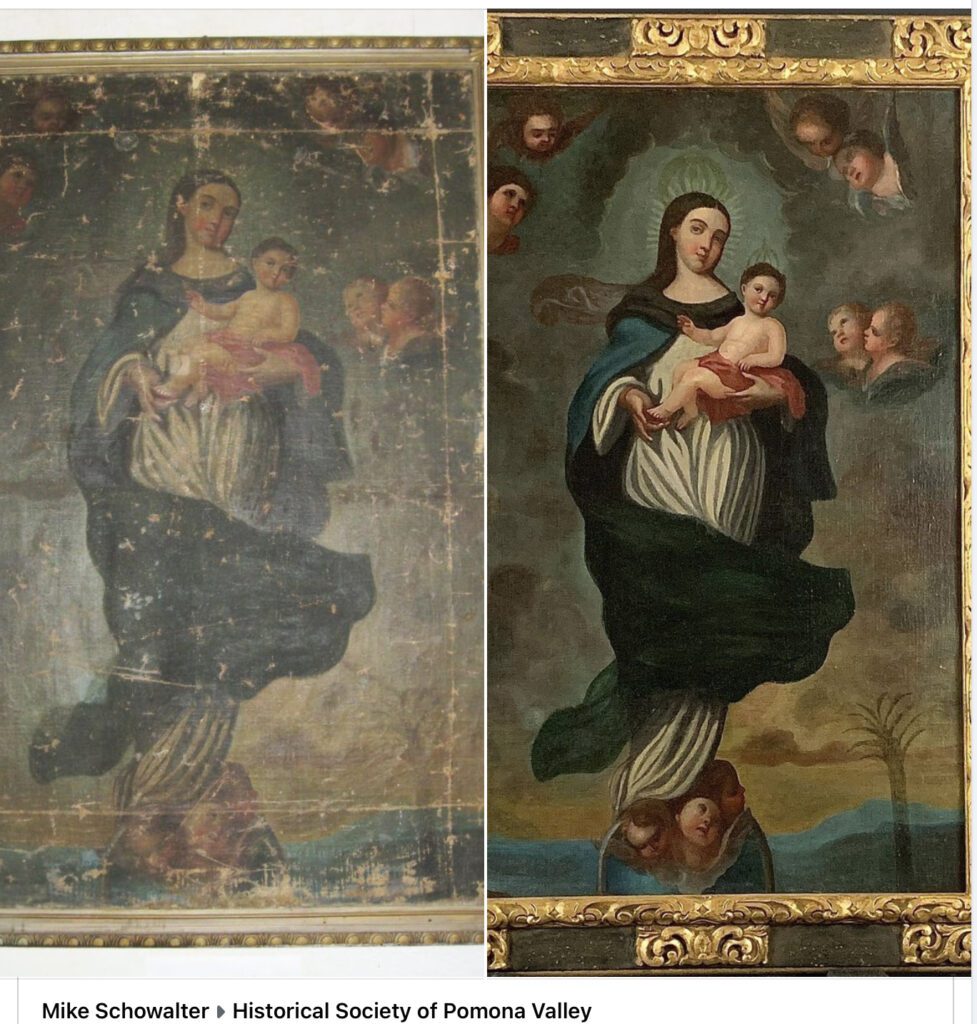
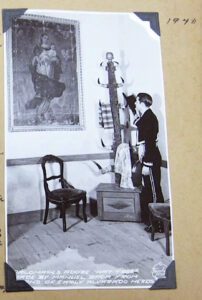
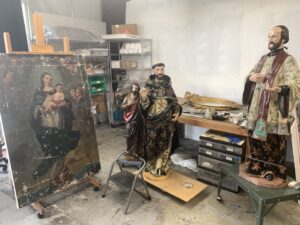

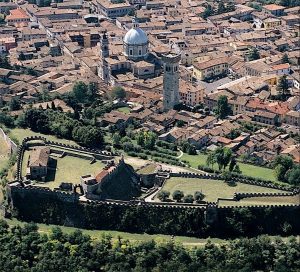 The complex with the murals etc is next to this medieval fortress
The complex with the murals etc is next to this medieval fortress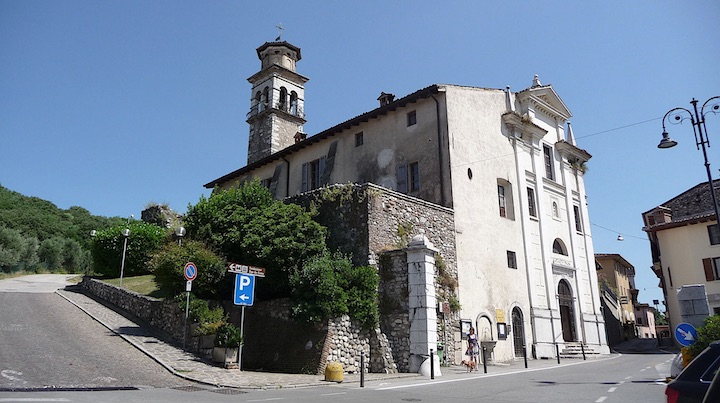

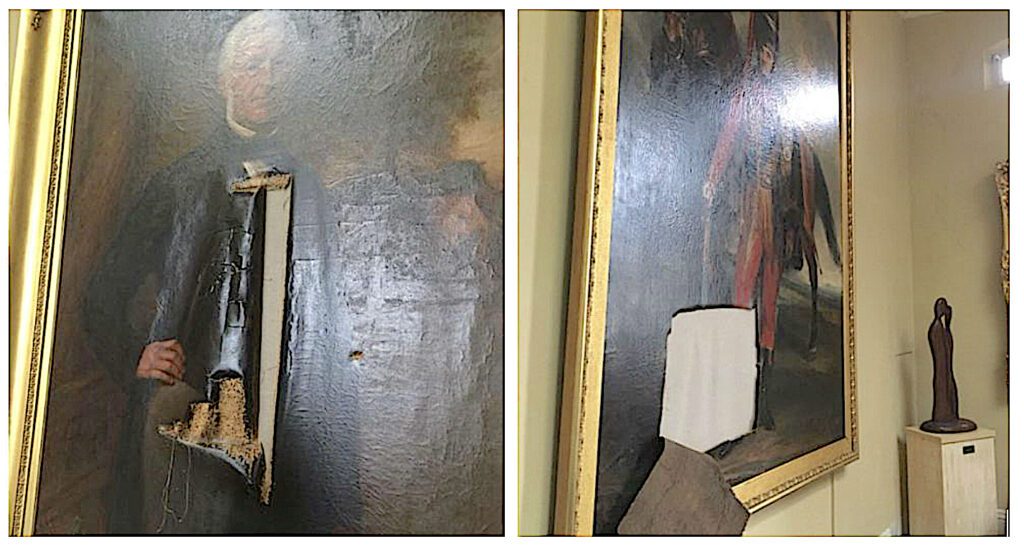



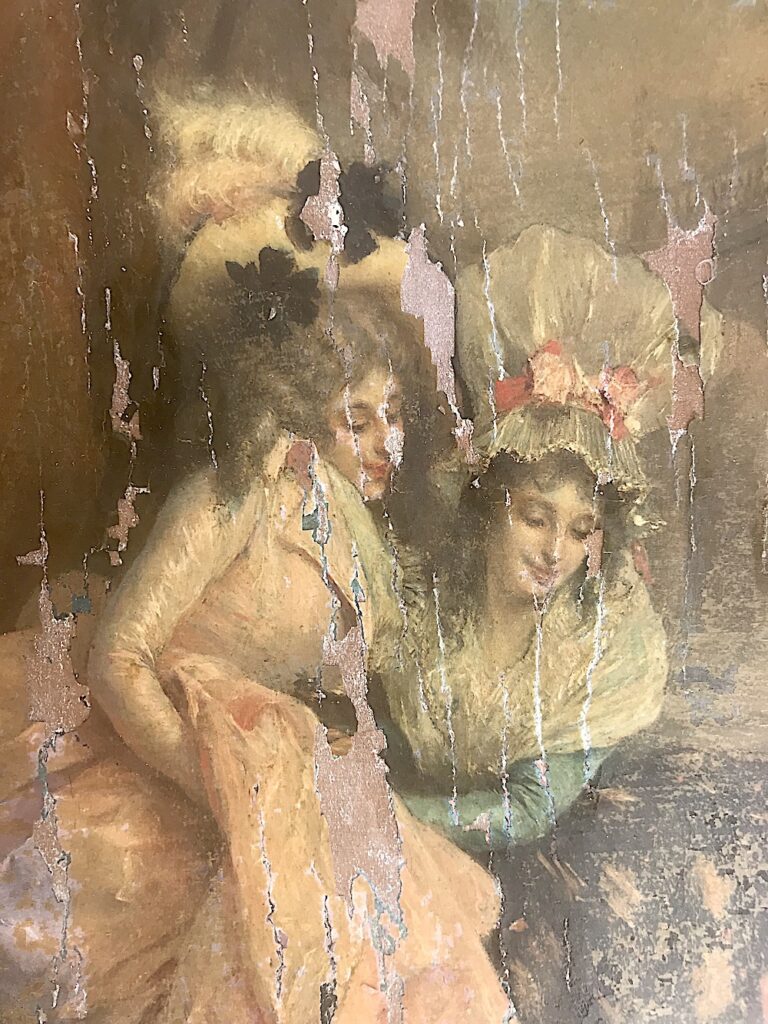
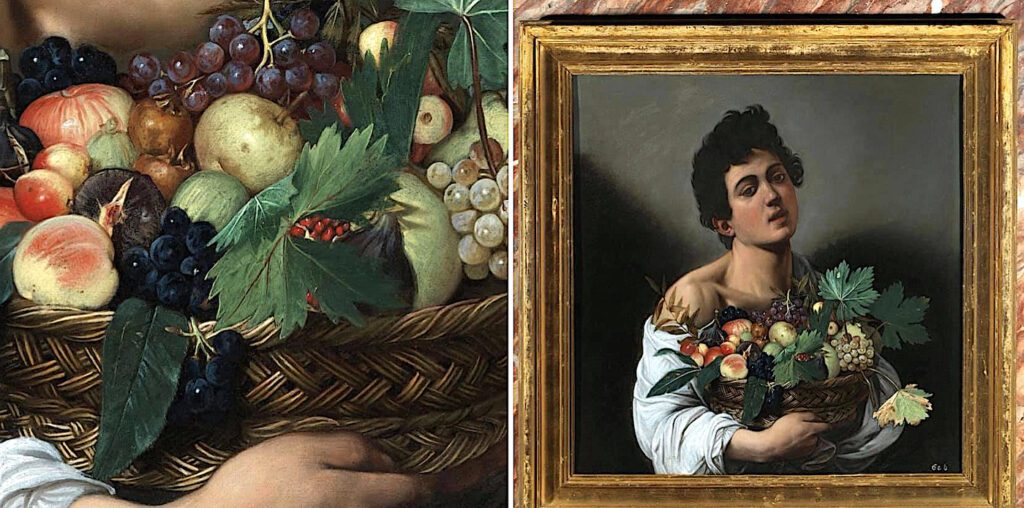

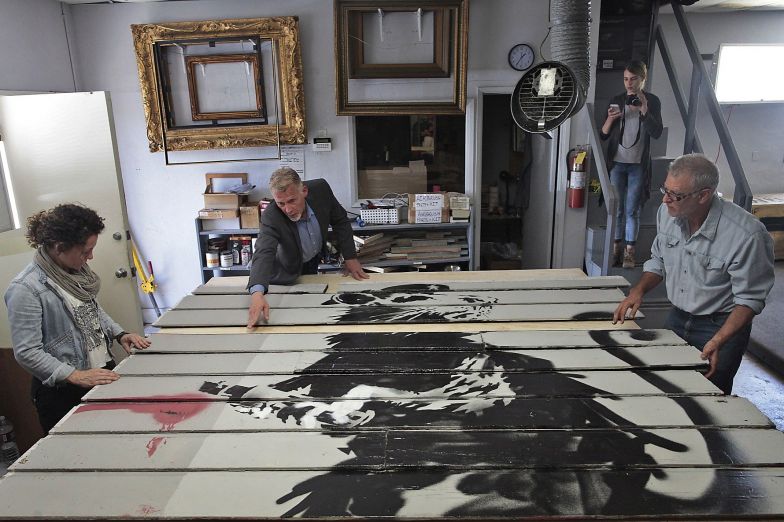



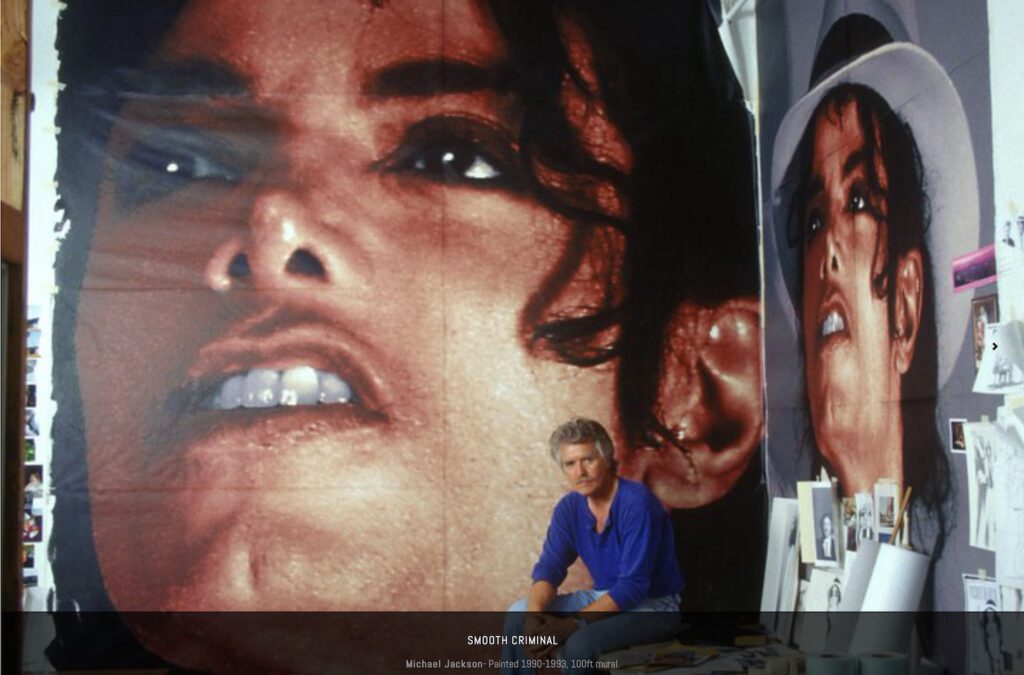 Scott M. Haskins 805 570 4140 mobile faclartdoc@gmail.com
Scott M. Haskins 805 570 4140 mobile faclartdoc@gmail.com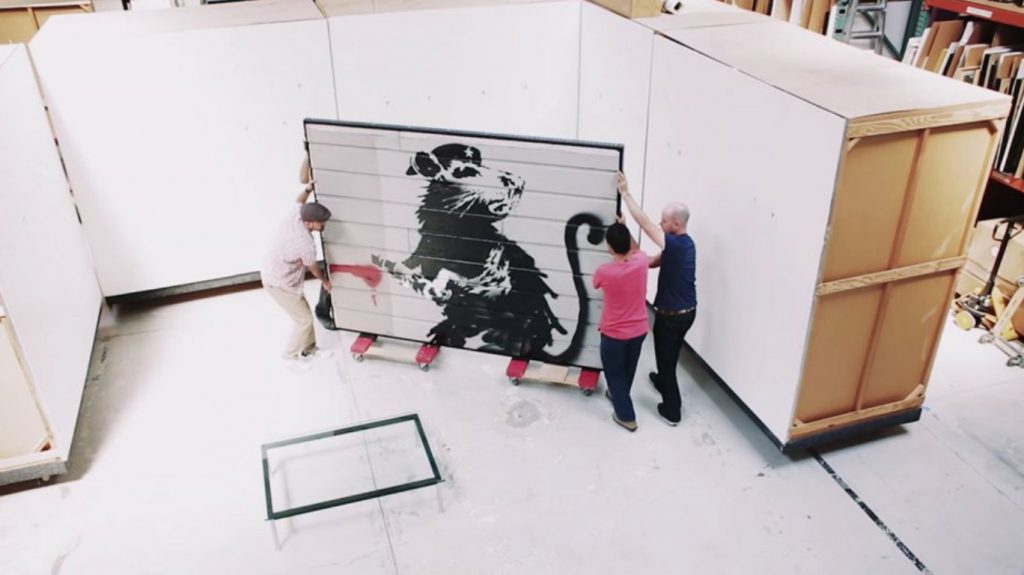
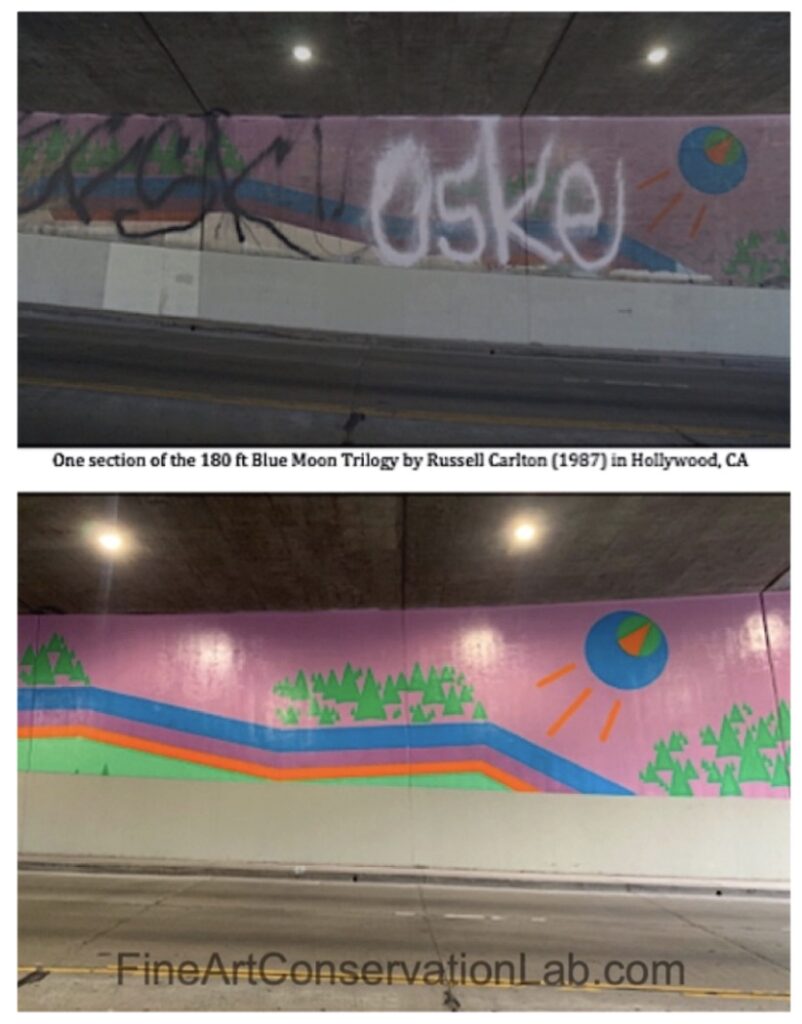 also media that have scheduled Scott for content.
also media that have scheduled Scott for content.